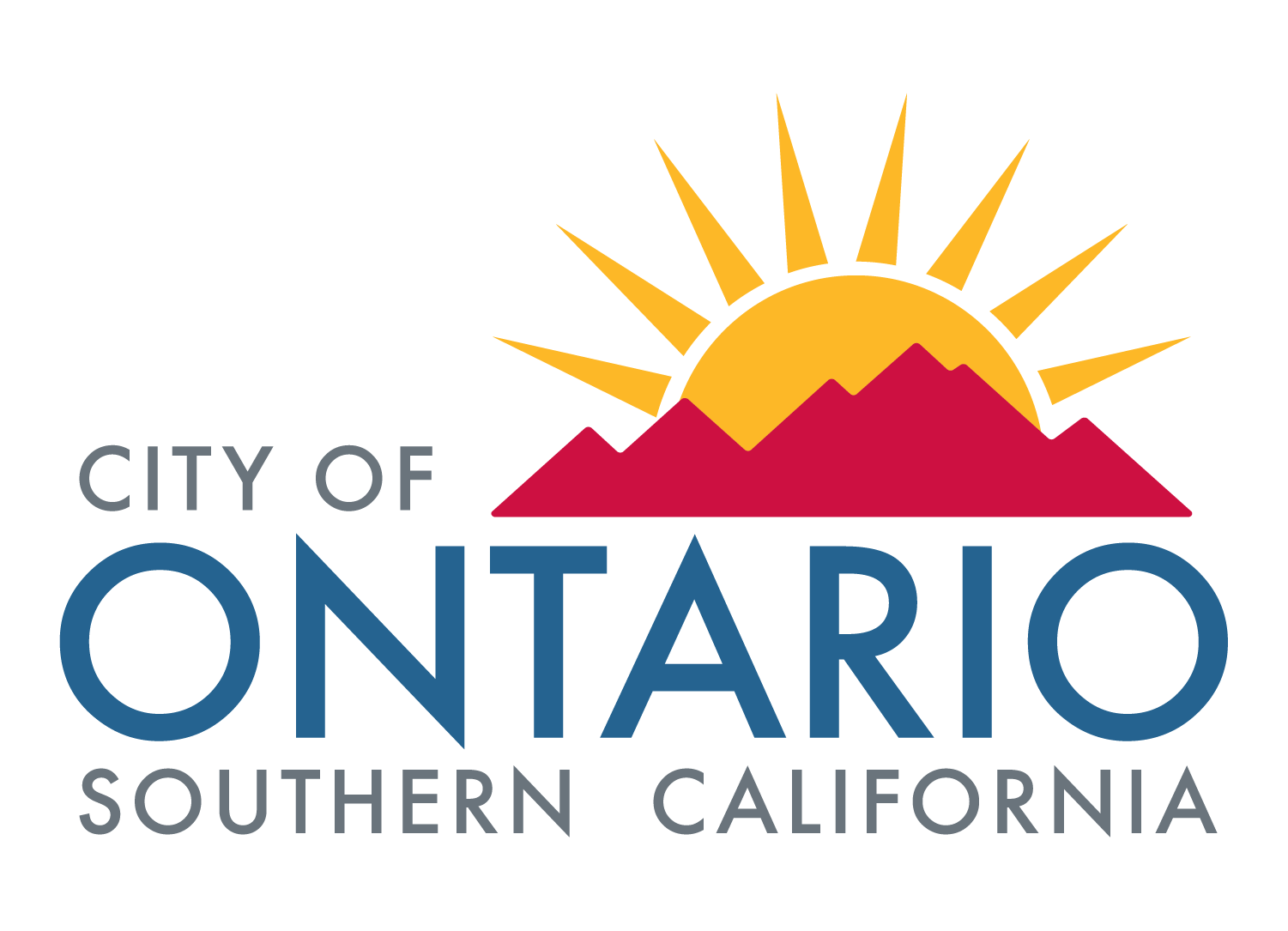What is SB 272?
SB 272 requires local agencies (excluding school districts) to create catalogs of all enterprise systems that store information about the public and to post this catalog on their websites if they have websites. If they do not have a website, they are required to publish the catalog in a way that can be provided to anyone who asks. This law applies to all California special districts, cities, and counties, and compliance is required by July 1, 2016.
Governor Brown approved SB 272 in October 2015, adding section 6270.5 to the California Public Records Act (the "Act," Government Code Sections 6250-6276.48). Because it was added to the Public Records Act, local agencies will not seek reimbursement from the State for costs associated with compliance.
What is covered by SB 272?
Section 6270.5 defines an enterprise system as a software application or computer system that collects, stores, exchanges, and analyzes information that the agency uses that is:
- A multidepartmental system or system that contains information collected about the public and
- A system of record
A system of record means a system that serves as a source of data within an agency.
SB 272 requires local agencies to create a catalog of multidepartmental systems or systems containing information about the public that store original records and post the catalog on their agency website.
What is excluded?
Enterprise systems do not include cybersecurity systems, infrastructure and mechanical control systems, or information that would reveal vulnerabilities to, or otherwise increase the potential for an attack on, a public agency's IT system. Additionally, section 6270.5 does not automatically require disclosure of the specific records that the IT systems collect, store, exchange, or analyze; however, the Act's other provisions of disclosing such records still apply.
What is required in the catalog?
For each enterprise system included in the catalog list, agencies must disclose:
- Current system vendor
- Current system product
- The purpose of the system
- What kind of data is stored in it
- The department that serves as the system's primary custodian
- How frequently system data is collected
- How frequently system data is updated
For the full text of the bill, see https://leginfo.legislature.ca.gov/faces/codes_displaySection.xhtml?lawCode=GOV§ionNum=6270.5.

